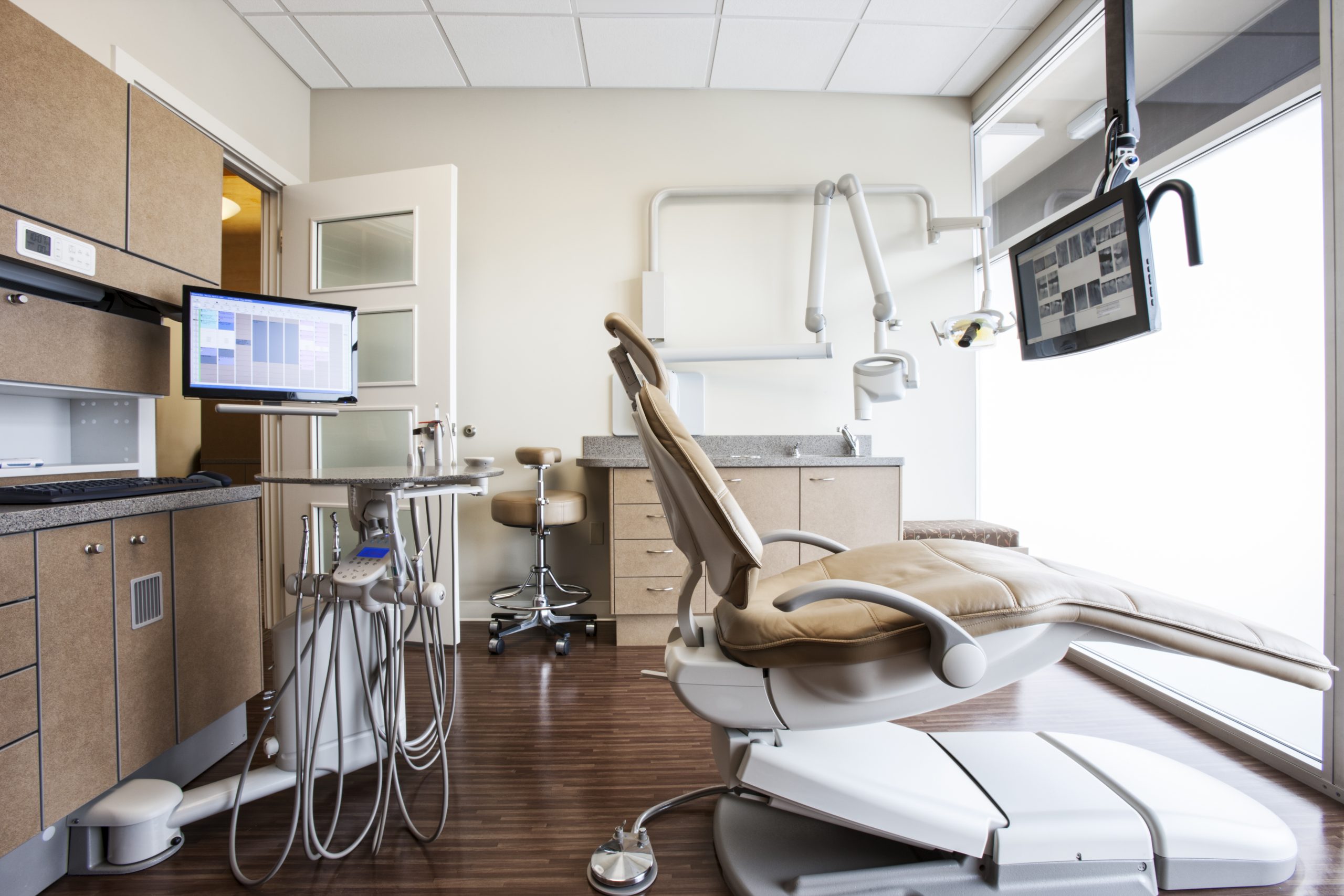Modern dental practices are more than just places for oral health care. They’re an experience that begins as soon as patients enter the office. Designing a dental practice is crucial to shaping the experience. It combines functionality and aesthetics to create an inviting and efficient space.
Rolex Replica Watches Innovative ideas in design can make a dental practice more attractive to patients and improve workflow for the staff. Design choices, from calming color palettes and cutting-edge technology to thoughtful design, can make a dental practice stand out and reflect its commitment to quality care.
The Impact of Contemporary Dental Office Design on the Patient Experience
Modern dental office design has a significant impact on how patients view their visit. Design elements that reduce anxiety, like ergonomic seating or visually soothing colors, such as blues and greens, are important. An organized layout reduces waiting times and creates a smooth flow from check-in through to treatment.
By creating a relaxing atmosphere, incorporating natural light can enhance relaxation. Open spaces or glass partitions make the environment less clinical and more inviting. If advanced technology is used, such as digital check-in kiosks or patient education screens integrated into the design, it will enhance cheap breitling copy engagement and convenience.
Confidence and comfort are fostered by strategically located consultation areas that respect patient privacy. Acoustic panels and other noise reduction devices improve the overall atmosphere, making patients feel more comfortable while they wait or undergo procedures. These features are all part of the modern Dental Office Designs that aim to maximize patient satisfaction.
Open versus. Strike the ideal ratio between Open vs.
The ideal layout for a dental office involves finding the right balance between open and private areas. Open layouts promote a modern, spacious feel that encourages transparency and better communication between staff members and patients. Open operatories, communal workstations, and communal waiting rooms are common features of these designs.
Hublot repli.ca The private layouts provide enclosed treatment rooms, designated spaces for sensitive discussions, and enhance patient confidentiality. They also reduce noise disruption. This is a good option for practices that prioritize a more personal, quieter experience.
A flexible environment can be created by combining elements of both layouts. For example, open consultation areas paired with private operatories. By incorporating semi-open dividers, soundproofing material and semi-open dividers, practices can maintain an open visual environment without compromising privacy. Using Dental Office Design Ideas. The flexibility of movable partitions and glass walls allows for future adaptation.
The function of color psychology and lighting in dental offices
The lighting and color selections in dental clinics directly affect the comfort and mood. Bright natural light can reduce anxiety and create a more welcoming atmosphere. Many practices use skylights or large windows to increase natural light while also integrating LED fixtures, especially for treatment areas. The use of adjustable lighting in operatories allows for flexibility and reduces glare. This ensures both practitioner and patient comfort.
The psychology of color plays an important role in shaping the perceptions of patients. Cool colors like greens and blues have a calming effect, which helps to reduce nervousness. Warm accents such as neutrals and subtle yellows enhance friendliness while avoiding overstimulation. Modern dental office design ideas avoid the clinical feeling by minimizing the use of sterile, white colors. Instead, they are replaced with more inviting, warm hues.
Combining lighting and color strategically enhances both functionality and aesthetics. Dimmable lighting in consultation rooms can create a relaxing atmosphere, while brighter colors in the common areas can energize a space. Modern lighting and color schemes are in line with the latest design trends and create an atmosphere that is both professional and friendly. Click here for design strategies to elevate the ambiance of your dental clinic and improve patient experience.
Space-saving Options for Dentistries with Limited Space
It is important to maximize space in small dental practices for both functionality and professional appearance. Innovative layouts and strategies ensure that the practice runs smoothly without feeling crowded.
Modular Furniture
Modular furniture maximizes space because it serves multiple purposes. Foldable chairs and mobile storage units, for example, allow flexibility in treatment rooms. Compact desks that have integrated storage improve staff workstations.
Wall-Mounted Storage
Storage units mounted on the wall are a great way to save space and maintain accessibility. Open shelving is a great way to reduce clutter and keep items within easy reach. Closed cabinets are more attractive and provide protection for sensitive tools.
Multi-Functional rooms
Multi-functional spaces can be used for a variety of purposes within confined areas. When equipped with adaptable furnishings, a single room can be used as a consultation space, private treatment area, or pause room. This reduces the requirement for additional rooms.
Vertical Design
Vertical design is the most efficient way to maximize efficiency in small spaces. Vertical organizers and tall shelving systems utilize wall space. Ceiling-mounted lighting and decor will draw the eye upwards, creating an illusion of a larger space.
Smart Technology Integration
Smart technology eliminates the need for bulky, heavy equipment. Digital systems such as portable imaging devices and cloud-based patient records are replacing traditional setups. These upgrades create a streamlined and modern environment.
By strategically incorporating these space-saving dental office design ideas into smaller practices, you can improve workflow and create a welcoming environment despite the size restrictions.
Using technology to create a high-tech dental practice
In order to optimize operations and improve the patient experience, modern dental offices use advanced technology. Digital systems, such as paperless check-ins through kiosks, can expedite administrative tasks and reduce wait times. Interactive displays can be used to provide educational content, which increases patient engagement and helps them understand treatment options.
Diagnostic tools are essential in modern dental practices. Digital X-rays, 3D imaging, and other digital methods provide accurate results while requiring less exposure than traditional methods. Intraoral scanners allow for quick and accurate impressions, eliminating the discomfort associated with traditional molds. These systems simplify workflows and benefit both patients as well as practitioners.
Dentists can also use software to manage bookings, treatment records, and reminders. Cloud-based software ensures secure data access, improving communication between staff and patients. Telehealth allows virtual consultations to meet modern needs for flexibility and accessibility.
The use of cutting-edge technology in operatories creates a treatment environment that is seamless. Laser dentistry equipment provides minimally invasive procedures that enhance patient comfort. Patients can view X-rays and digital scans on monitors at the chairside, enhancing transparency throughout treatment.
Smart technologies enhance the functionality of offices. Energy-efficient solutions and automated lighting create the ideal treatment environment while reducing operational costs. Voice-activated assistants make tasks such as scheduling appointments or retrieving information about patients easier. These innovations align practices with modern dental office design concepts that emphasize efficiency and quality.
Trends in Eco-Friendly Dental Practice Design for Sustainability
Integrating eco-friendly design into dental practices is essential as they evolve. Eco-friendly materials, lighting that is energy efficient, and fixtures that save water not only help reduce the environmental impact, but they also appeal to patients who are eco-conscious. Greenery, such as indoor plants and living walls, can improve air quality. They also create a calmer atmosphere.


